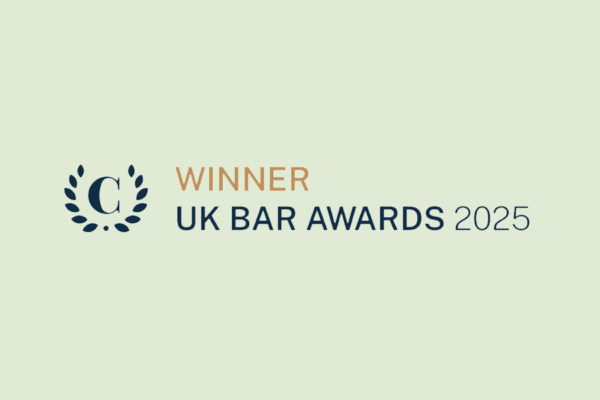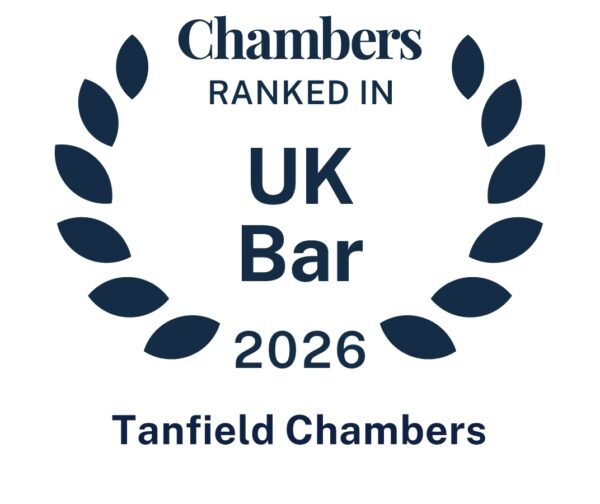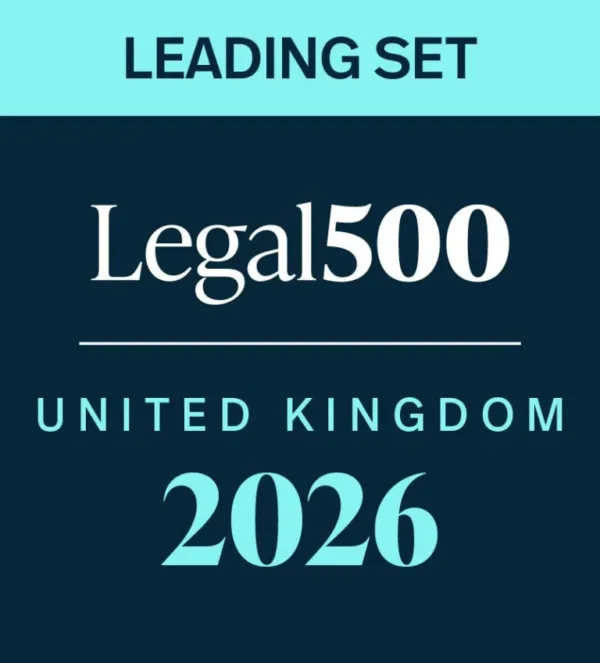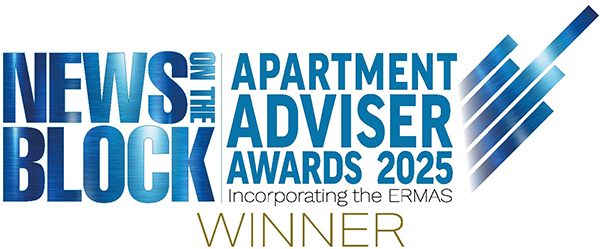In his formidable and scholarly judgment in Cooper and another v. Powell
Encroachment and the Land Registration Act 2002: do we now have an answer?

Introduction
How does the law deals with a situation in which a leaseholder possesses property outside of their demise but within their landlord’s title? This issue appears to be a common one, and understandably so. A leaseholder of a flat may have access to a loft space above their demise, or a flat roof that might conveniently be used as a roof terrace or garden. If these are not within the leaseholder’s demise, but they possess them anyway, is there a legal means for claiming ownership of them?
Enter the law of encroachment. Encroachment covers two concepts. The first is where a tenant adversely possesses a third party’s land, in which case freehold title will pass to the landlord, not the tenant. The second is the one we are concerned with here. It provides that in situations such as the ones described above, the land is presumed to be an addition (or “accretion”) to the land demised to the tenant, so that it becomes subject to the terms of the lease, but that presumption is a rebuttable one. The basis for this doctrine, however, has been somewhat unclear. Indeed, in the case of Smirk v Lyndale Developments Ltd [1975] Ch 317, Pennycuick V-C commented that the law in this area “has got into something of a tangle”.
This tangle arguably became more knotted still with the commencement of the Land Registration Act 2002 (the LRA 2002), which ushered in a new regime for adverse possession. This rendered the juridical basis for the doctrine of encroachment of great importance. If encroachment is part of the law of adverse possession, does it not follow that a leaseholder could only apply to be registered as proprietor of the encroached-on land in the limited circumstances set out in Schedule 6 to the LRA 2002 (Schedule 6)?
In the recent case of McGee v Long Term Reversions (Harrogate) Limited (2023/0552), the First-tier Tribunal (Property Chamber) (Land Registration Division) sought to address this issue.
The facts of the case
This was a case concerning a loft space. The respondent, Long Term Reversions (Harrogate) Limited, was the freehold proprietor of a building, Nonsuch House. The applicants, Mr and Mrs McGee, were the registered leasehold proprietors of the flat on the top floor of Nonsuch House and had been since 19 October 2004. There was a loft space above the flat, which could only be accessed via an unlocked hatch within the flat. That loft space was not demised by the applicants’ lease.
The applicants’ daughter had occupied the flat as their licensee since 2004. She had used the loft space as a storage area for her belongings since then.
In 2022, the applicants had applied to be registered with leasehold title to the loft space under Schedule 6, using form ADV1 (the appropriate form for applications for adverse possession). HM Land Registry raised a requisition in which they indicated that the appropriate application would be for first registration of the additional leasehold title in Form FR1, under Section 3 of the LRA 2002. The applicants therefore withdrew their ADV1 application and made an application using Form FR1.
This application was disputed by the respondent and referred to the Tribunal. The judge’s initial view was that the application was liable to be struck out on the basis that an application under Schedule 6 was appropriate in these circumstances. He accepted there was an arguable issue as to whether or not Schedule 6 applied and invited an application for this question be tried as a preliminary issue.
The applicants made a further, protective application using Form ADV1. That application was held by HM Land Registry and not served, pending the outcome of the determination of the preliminary issue.
The issues
In light of the above, the key issues the Tribunal was invited to determine were:
• Was this an application to which Schedule 6 applies?
• If it does not apply, were the applicants entitled to be registered with leasehold title to the loft space and is Form FR1 the correct form to use for an application such as this?
The decision
The Tribunal decided that Schedule 6 did not apply to this application and that the applicants were entitled to be registered with a leasehold estate to the loft under their application using Form FR1.
The judge started by considering the underlying rationale for the presumption, tracing the relevant authorities. The principle he drew from the authorities is that the presumption arises from an estoppel, or something “akin to an estoppel” in that there is no need for an active representation to the landlord by the tenant. The authorities did not rely on limitation or adverse possession as an explanation for the doctrine.
He then addressed the case of Secretary for Justice v Chau Ka Chik Tso [2011] HKCFA 86, a decision of the Hong Kong Court of Final Appeal. By a majority of 3-2, with Lord Scott of Foscote giving the judgment of the majority, that court had decided that encroachment was part of the law of adverse possession, such that the freeholder’s title was in a limited sense extinguished following the expiry of the limitation period. The minority reasoned that the leasehold interest arose from the presumption and the estoppel, rather than by limitation, but which arose upon the expiry of the limitation period.
The judge preferred the reasoning of the minority as being more consistent with the English authorities. He concluded that, on expiry of the limitation period, “two interrelated estoppels” arise, which have a proprietary effect:
• “The tenant is estopped from departing from the presumption that the encroachment is an accretion to his tenancy”; and
• “The landlord is estopped from asserting that the tenancy does not extend to the land encroached on”.
Having analysed the principles underlying the doctrine, he then addressed the question of whether Schedule 6 applies where the accretion is in respect of the registered title of the landlord. He noted that the references to “the estate” in Schedule 6 are to the existing registered estate, but that is not the estate of which an encroaching tenant is seeking to become the registered proprietor. That tenant wishes to become the proprietor of a new leasehold estate, not their landlord’s freehold estate, but there is no provision in Schedule 6 for an applicant to be registered in respect of some different estate. Therefore, the judge concluded that the doctrine of encroachment cannot fit into the machinery of Schedule 6.
If, as he reasoned earlier, encroachment is based on “two interrelated estoppels” or a “mutual estoppel” between landlord and tenant, the tenant will be prevented by that estoppel from claiming adverse possession of the encroached-on land, if the land is registered, once the right arises under Schedule 6 (that is after 10 years’ adverse possession). As a result, Schedule 6 cannot apply as the tenant is estopped from relying on it. By the other estoppel, though, the landlord will be prevented from denying that there has been an accretion to the tenant’s leasehold estate and so the tenant will be entitled to have that leasehold estate registered.
In light of this conclusion, the judge went on to consider whether the applicants were entitled to be registered with a leasehold estate, that is, whether they had been in adverse possession of the loft for at least 10 years prior to their application in Form FR1. The judge set out the well-known principles of adverse possession found in Pye v Graham [2002] UKHL 30. He concluded that adverse possession was made out here.
As a result, he concluded that the application succeeded, and that the application for first registration under section 3 of LRA 2002 using Form FR1 was the appropriate one. He noted that, in these circumstances, an application could also be made under Schedule 4, paragraph 5(b) to bring the register up to date, but that this did not preclude, as an alternative, an application for first registration.
He therefore directed the Chief Land Registrar to give effect to the applicants’ application.
Comment
This is, of course, a first instance decision of the First-tier Tribunal and therefore not binding. Indeed, it should be noted, as the judge pointed out, that the First-tier Tribunal in Patterson v Thomas reached the opposite conclusion, albeit without such an extensive consideration of the principles. Therefore, the full discussion and analysis here is to be welcomed. It seems, however, we will not get the much-needed clarity in this area until the Upper Tribunal or the appeal courts have an opportunity to consider it. For the moment, though, if the approach in McGee is followed, it should make it far easier for tenants to claim accretions to their leases under the doctrine of encroachment.
This article, written by Andrew Martin, was first published in Property Litigation Column in Practical Law UK here.
This content is provided free of charge for information purposes only. It does not constitute legal advice and should not be relied on as such. No responsibility for the accuracy and/or correctness of the information and commentary set out in the article, or for any consequences of relying on it, is assumed or accepted by any member of Tanfield or by Tanfield as a whole.






